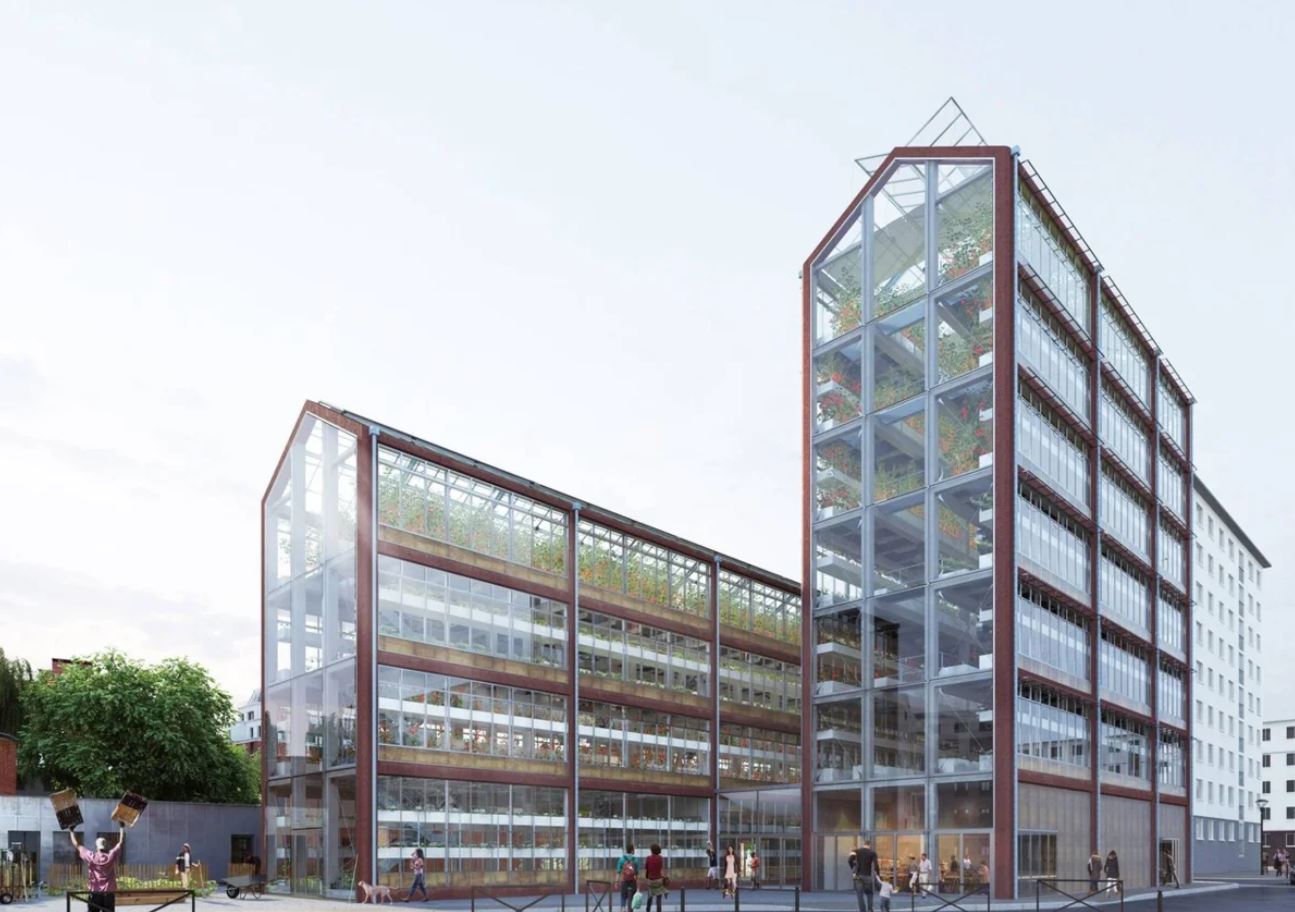
Vertical farms are now being actively developed and distributed around the world. While this concept is not new, more and more countries are realizing that with urbanization, where most of the world's inhabitants live in cities, agriculture will sooner or later cease to be solely rural.
The market for vertical farms is growing steadily from year to year, but whether they will be able to feed humanity in the future is in question, because technology has advantages as well as disadvantages.
How do vertical farms work...
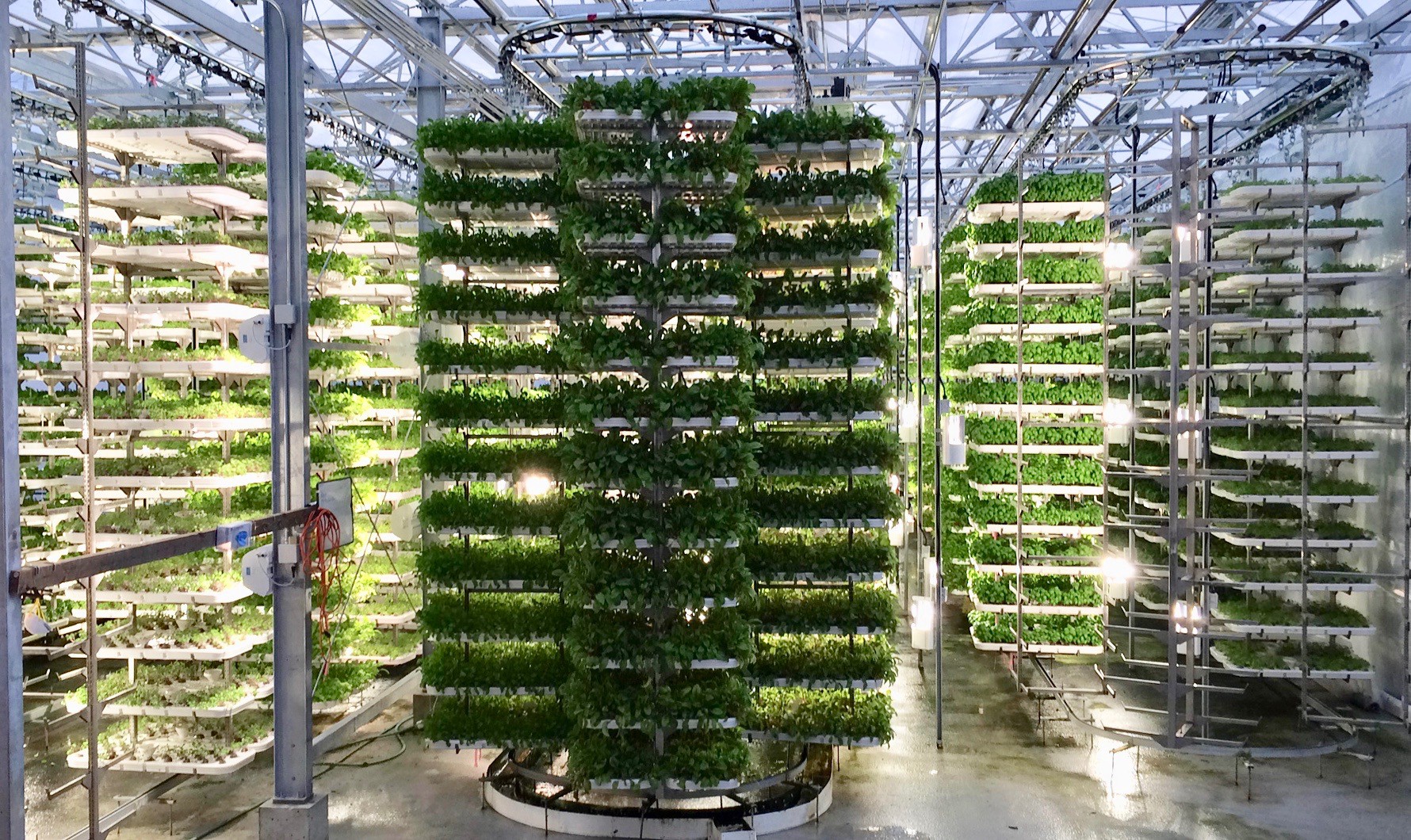 Vertical farms differ from traditional farms in that the plants here are grown under artificial indoor conditions. This makes it possible to create optimal conditions for plants and apply various green technologies. Nutrients are not transferred to the plants through the soil, as in traditional fields, but by hydroponics, aeroponics, etc.
Vertical farms differ from traditional farms in that the plants here are grown under artificial indoor conditions. This makes it possible to create optimal conditions for plants and apply various green technologies. Nutrients are not transferred to the plants through the soil, as in traditional fields, but by hydroponics, aeroponics, etc.
In addition, such farms can be installed in almost any place, from individual urban and country sites to residential buildings. And they can be controlled by robotic mechanisms and intelligent systems. In other words, the original equipment of these farms allows you to monitor all the necessary indicators and timely apply nutrients and water, which guarantees high yields.
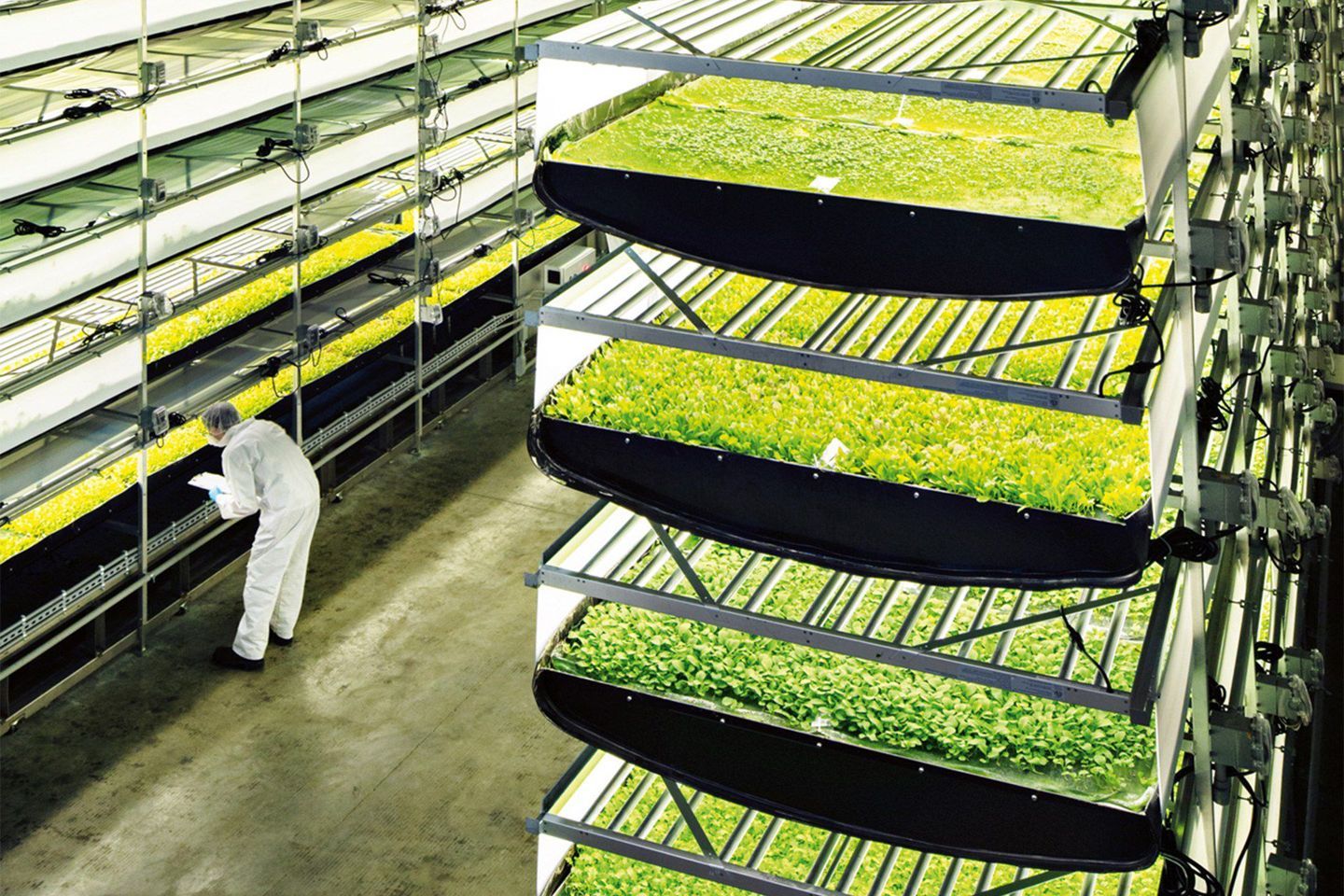 If you look back on history, the first successful experience with vertical farms was recorded in 2009 in Korea, and the first commercial station appeared in 2012 in the United States, although the vertical farm itself was first designed in 1960.
If you look back on history, the first successful experience with vertical farms was recorded in 2009 in Korea, and the first commercial station appeared in 2012 in the United States, although the vertical farm itself was first designed in 1960.
One of the largest companies in this market is American AeroFarms, which is to build the UAE's largest global center for vertical pharming. We have also recently reported that the UK government will provide grant funding to InFarm, which will build vertical farms for the country's agribusiness sector. This shows that this innovative trend continues to gain momentum.
However, vertical farms also have significant drawbacks. For example, high costs for lighting and electricity to power ventilation systems and working mechanisms lead to low profitability. Of course, it is also possible to supply these farms with energy from solar panels, but this also requires considerable investment. Consequently, the payback period of vertical farms is much shorter than that of conventional greenhouses, although they do not require irrigation and fertilizer costs.
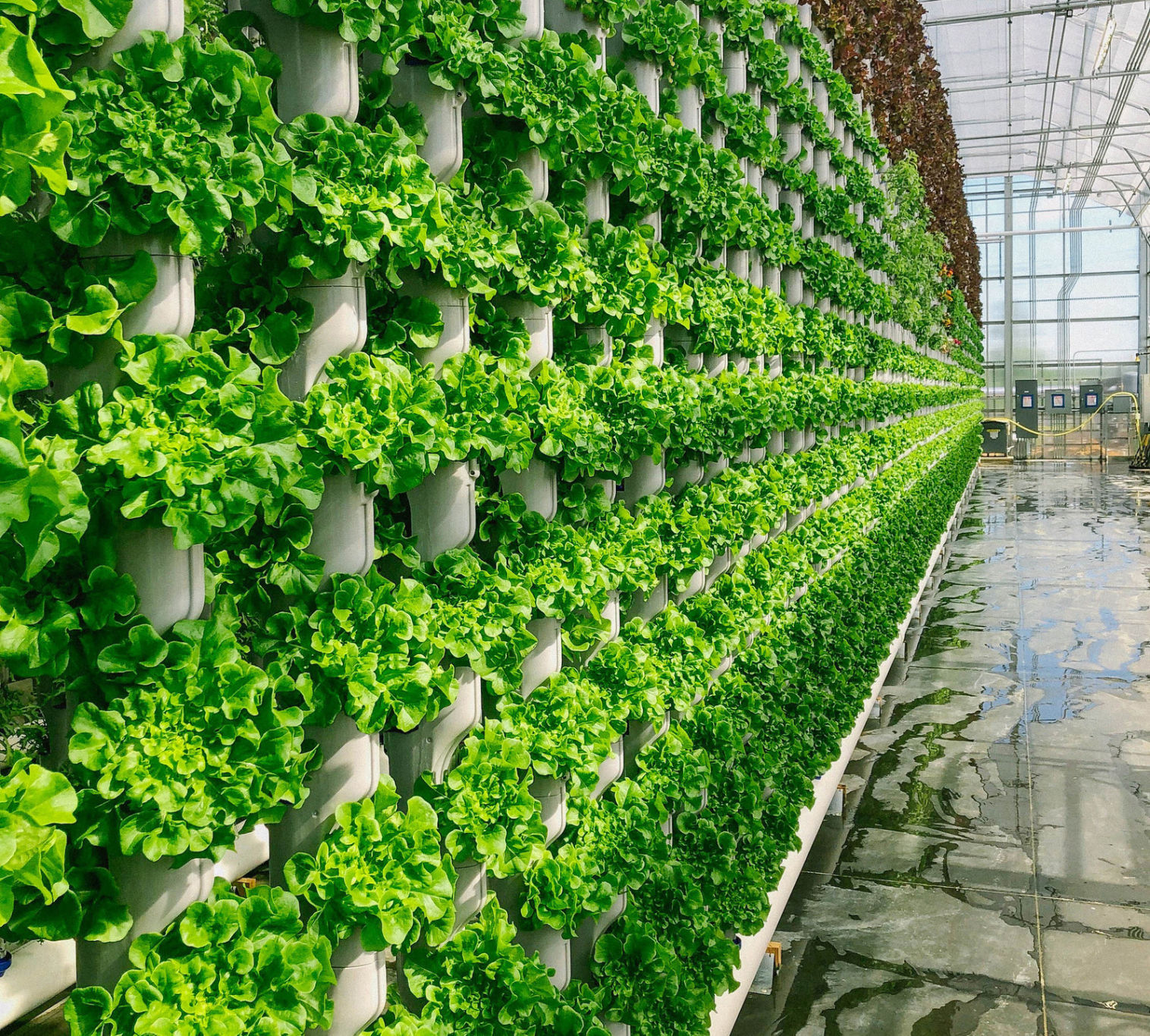 Prospects for vertical pharming in Kazakhstan
Prospects for vertical pharming in Kazakhstan
We asked Doctor of Agricultural Sciences, Professor Zhumagali Ospanbayev to assess the prospects of using such technologies in our country.
"Vertical farms are developed mainly in those countries where land is scarce. We do not have such an urgent need. On the other hand, the coronavirus pandemic has shown that cities could use their environmentally friendly products. In this regard, vertical farms can be developed. Abroad, such technologies are actively developing, for example, in Italy or France, urban agriculture is now a separate direction.
Looking to the future, humanity will definitely come to this, because vertical farms not only produce but also contain various green technologies. In cities, this is particularly important given the abundance of carbon and lack of oxygen. There is no way we can manage greenhouse gases in the city, so green spaces are necessary. Plus, in my opinion, the city should provide at least 10-15% of its production," said Professor Ospanbayev.
Based on the above, we can conclude that although vertical farms are a high-tech and productive innovation, their widespread use can hardly be expected in the foreseeable future. As for Kazakhstan, in our country they can rather become part of the general system of agro-industrial complex, than completely replace traditional fields.
In most cases, vertical farms are a b2b product oriented to restaurant chains, offices, as well as a food retail, which needs to receive the same product all year round, so within the framework of urban farming this technology has the best development prospects.
 The growing global demand for food, urbanization, humanity's desire for a more harmonious relationship with nature, and the demand for green and organic products are leading to a gradual transformation of agriculture as such. Vertical farms are just one example of agrarian innovations that may become commonplace in the future.
The growing global demand for food, urbanization, humanity's desire for a more harmonious relationship with nature, and the demand for green and organic products are leading to a gradual transformation of agriculture as such. Vertical farms are just one example of agrarian innovations that may become commonplace in the future.
The material has been prepared using information from open sources.



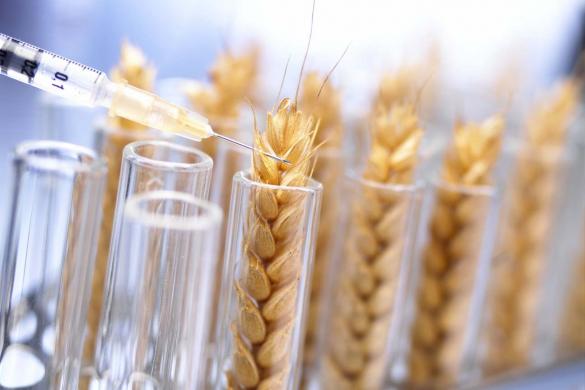
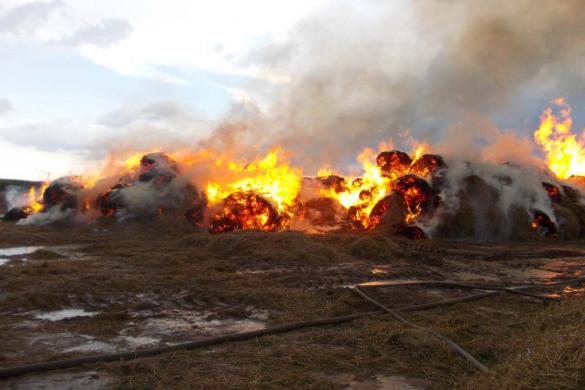
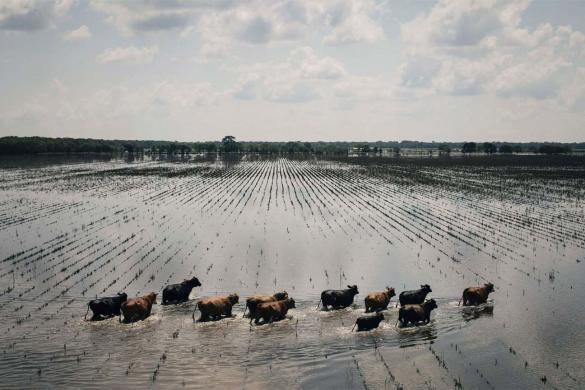









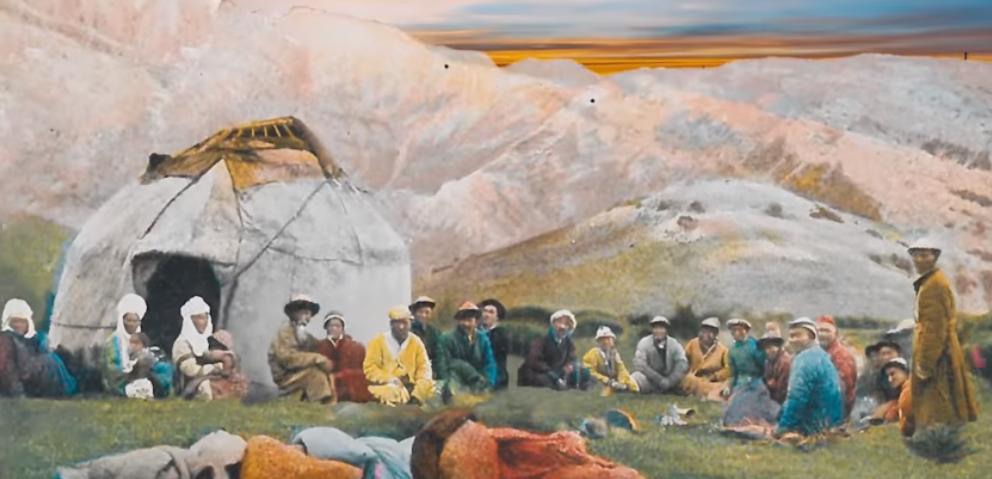
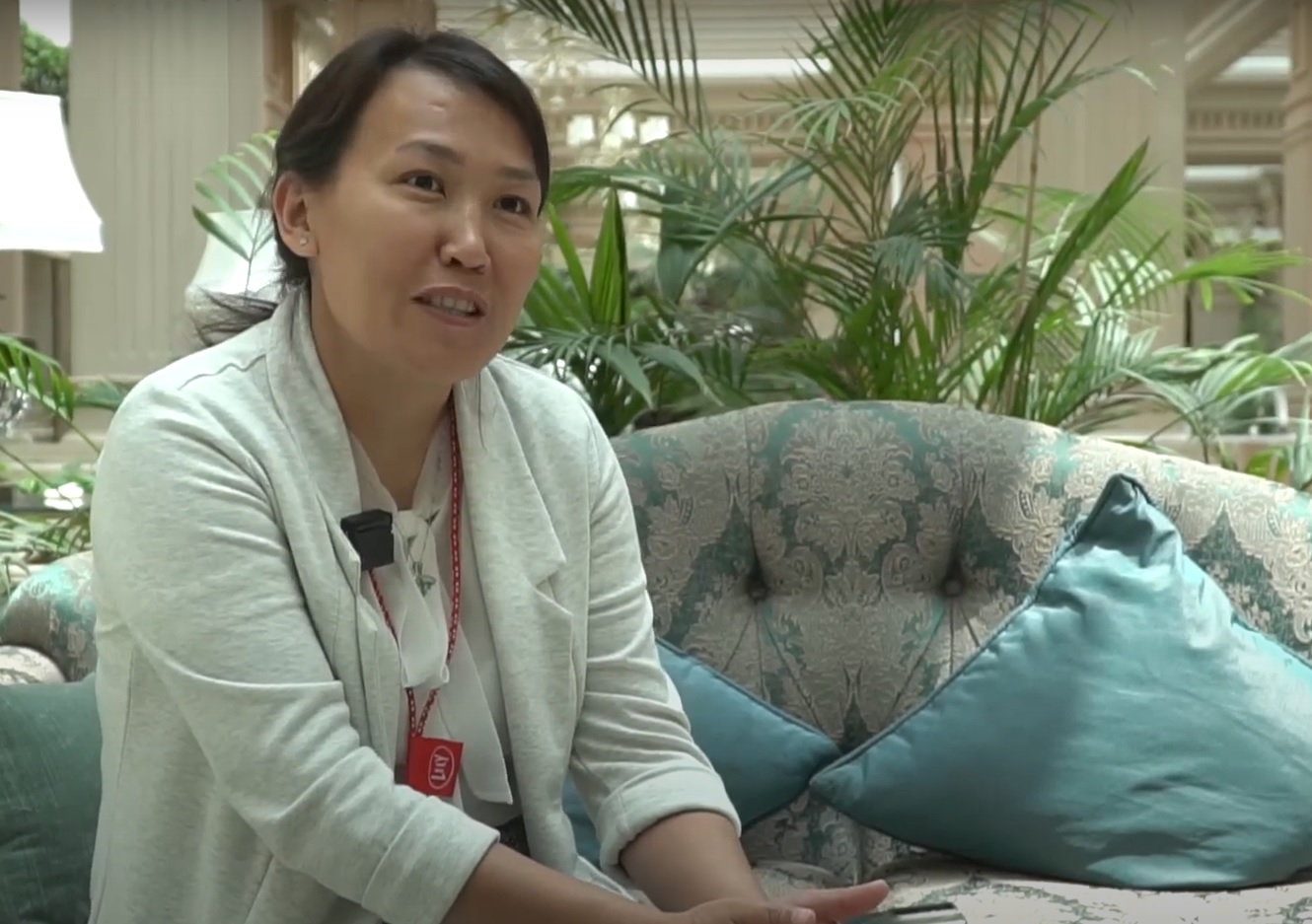
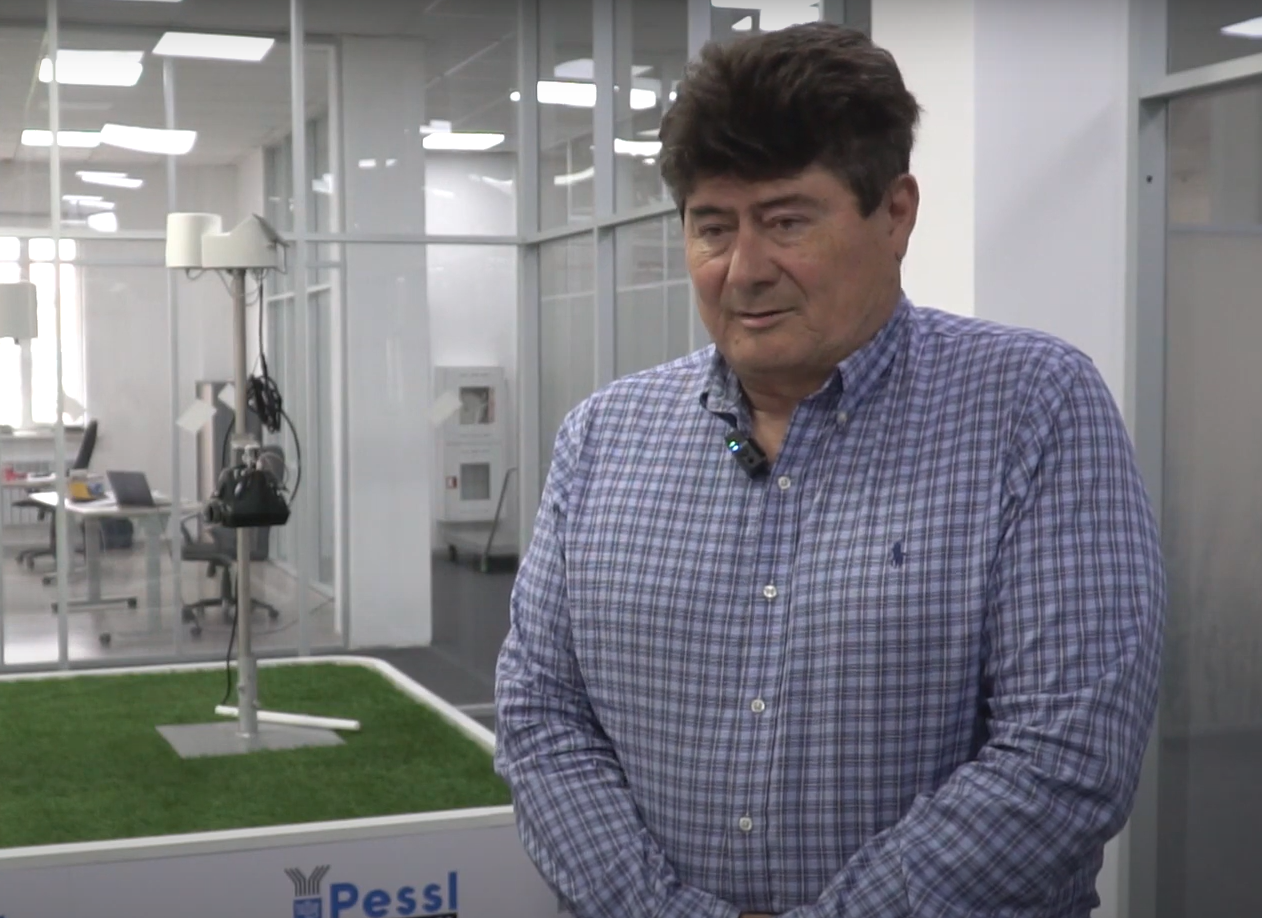
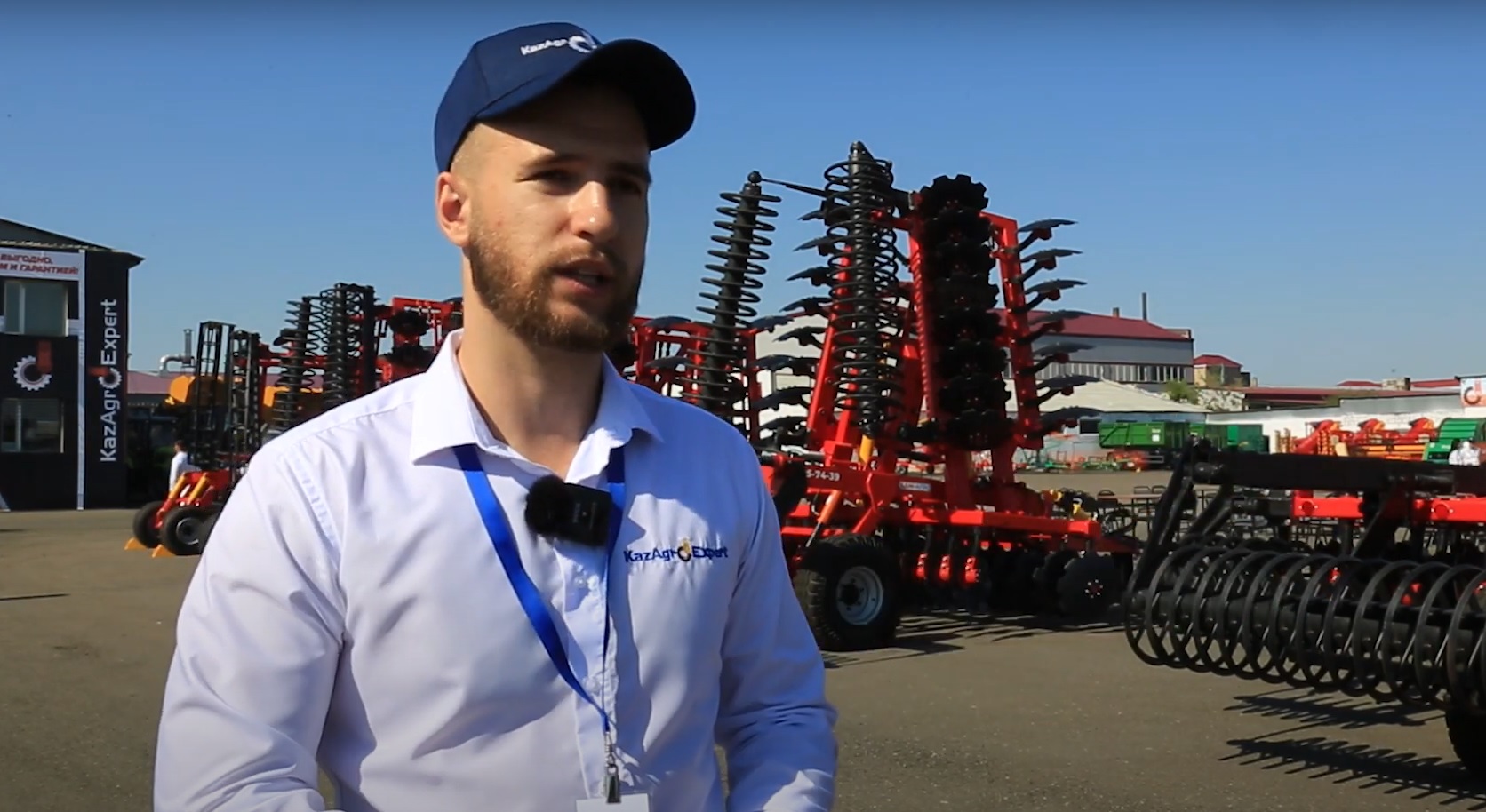
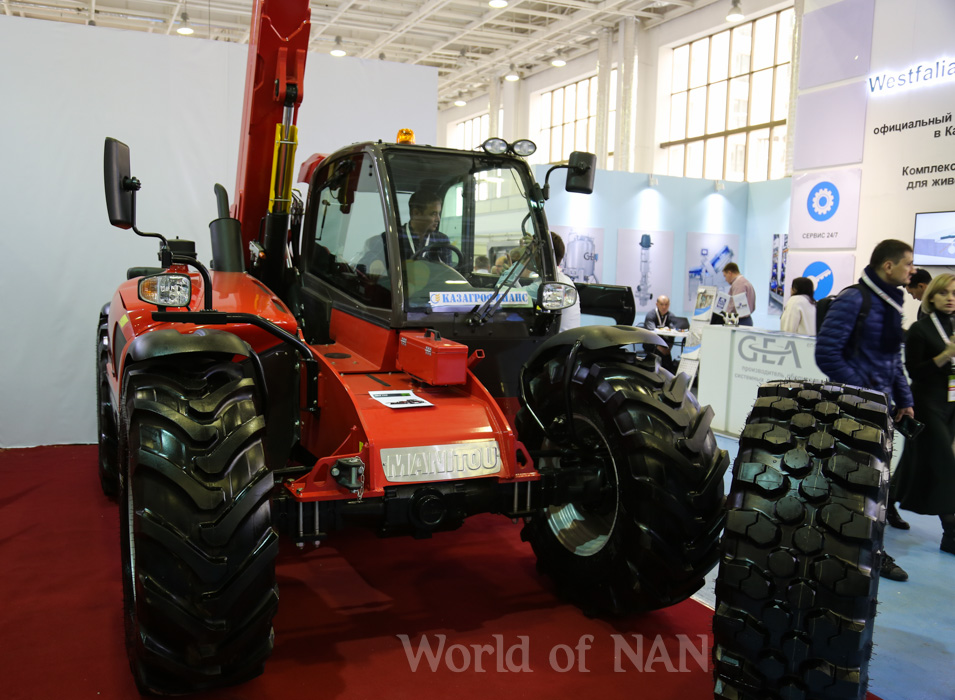

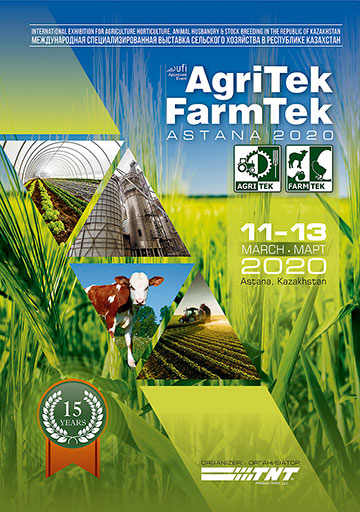










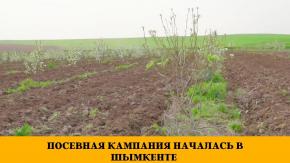





 Vertical farms differ from traditional farms in that the plants here are grown under artificial indoor conditions. This makes it possible to create optimal conditions for plants and apply various green technologies. Nutrients are not transferred to the plants through the soil, as in traditional fields, but by hydroponics, aeroponics, etc.
Vertical farms differ from traditional farms in that the plants here are grown under artificial indoor conditions. This makes it possible to create optimal conditions for plants and apply various green technologies. Nutrients are not transferred to the plants through the soil, as in traditional fields, but by hydroponics, aeroponics, etc. If you look back on history, the first successful experience with vertical farms was recorded in 2009 in Korea, and the first commercial station appeared in 2012 in the United States, although the vertical farm itself was first designed in 1960.
If you look back on history, the first successful experience with vertical farms was recorded in 2009 in Korea, and the first commercial station appeared in 2012 in the United States, although the vertical farm itself was first designed in 1960. Prospects for vertical pharming in Kazakhstan
Prospects for vertical pharming in Kazakhstan The growing global demand for food, urbanization, humanity's desire for a more harmonious relationship with nature, and the demand for green and organic products are leading to a gradual transformation of agriculture as such. Vertical farms are just one example of agrarian innovations that may become commonplace in the future.
The growing global demand for food, urbanization, humanity's desire for a more harmonious relationship with nature, and the demand for green and organic products are leading to a gradual transformation of agriculture as such. Vertical farms are just one example of agrarian innovations that may become commonplace in the future.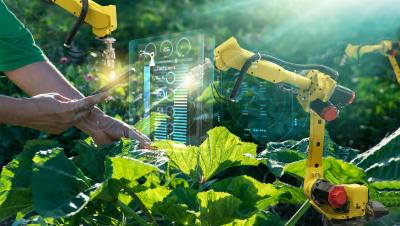
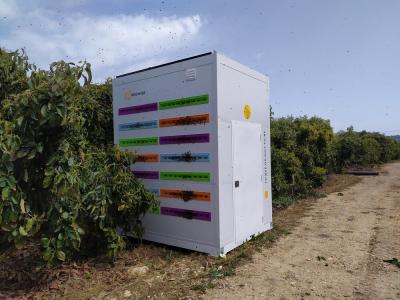
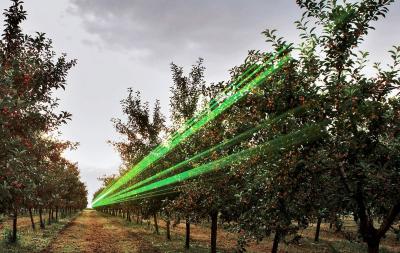
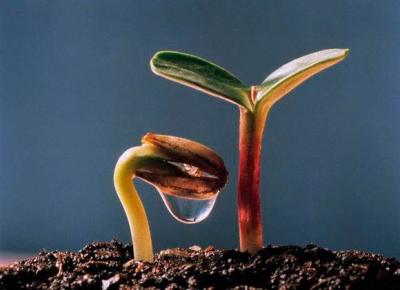
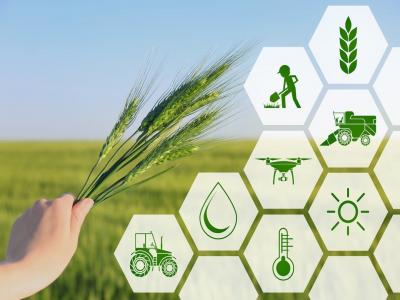



Обсуждение